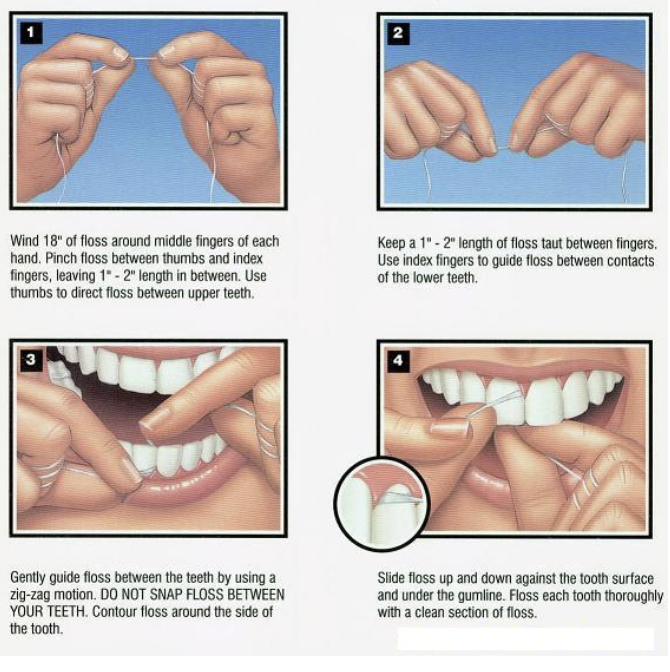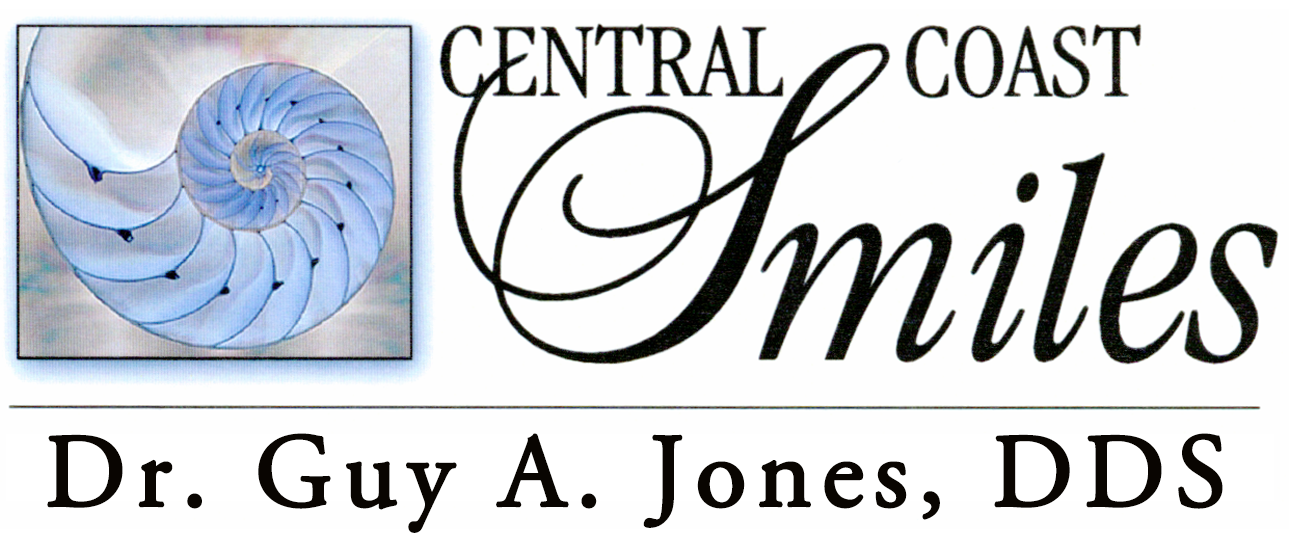Hygiene and Periodontal Health
Regular dental check ups are essential for maintaining excellent oral hygiene and diagnosing potential problems, but they are not a “fix-all” solution. Thorough oral home care routines should be practiced on a daily basis to help avoid future dental problems.
Periodontal disease (also called gum disease and periodontitis) is the leading cause of tooth loss in the developed world, and is completely preventable in the vast majority of cases. The bacteria that colonize in the mouth and under the gums, are directly related to many systemic diseases such as Alzheimer’s, Heart Disease and Stroke, Diabetes, Esophageal Cancer, Respiratory Disease, and Rheumatoid Arthritis. Professional cleanings at least twice a year, combined with daily self-cleaning can remove a high percentage of disease-causing bacteria and plaque. In addition, teeth that are well cared for make for a sparkling white smile.
There are numerous types of oral hygiene aids on the supermarket shelves, and it can be difficult to determine which will provide the best benefit to your teeth. Our hygiene team would be happy to help assist your individual needs.

Here are some of the most common oral hygiene aids for homecare:
Toothbrushes
There are a great many toothbrush types available. Electric toothbrushes are generally recommended by dentists because electric brushes are much more effective than manual brushes. The vibrating or rotary motion helps to easily dislodge plaque and remove food particles from around the gums and teeth. The same results can be obtained using a manual brush, but much more time and effort is needed to do so.
Both manual toothbrushes and electric toothbrush heads should be replaced every three months because worn bristles become ineffective over time. Soft bristle toothbrushes are far less damaging to gum tissue than the medium and hard bristle varieties. In addition, an appropriate sized ADA approved toothbrush should be chosen to allow proper cleaning to all the teeth. Teeth should ideally be brushed after each meal, or minimally twice each day.
Dental Flosses
Dental floss is the most common interdental and sub gingival (below the gum) cleaner and comes in a variety of types and flavors. The floss itself is made from either thin nylon filaments or polyethylene ribbons, and can help remove food particles and plaque from in between the teeth. Vigorous flossing can cause soft tissue damage and bleeding when done improperly, so great care should be taken. Our dental team can help teach and demonstrate proper technique which should be used no less than one time daily after brushing.

Interdental Cleaners
Many hygienists and dentists recommend interdental brushes in addition to dental floss. These tiny brushes are gentle on the gums and very effective in cleaning the contours of teeth in between the gums. Interdental brushes come in various shapes and sizes.
Oral Irrigators
Oral irrigators, like Waterpik and Hydro Floss have been created to clean debris from below the gum line. Water is continuously sprayed from tiny jets into the gum pockets which can help remove harmful bacteria and food particles. Overall, oral irrigators have proven effective in lowering the risk of gum disease and should not be used instead of brushing and flossing. Professional cleanings are recommended at least twice a year to remove deeper debris.
Rubber Tip Stimulators
The rubber tip stimulator is an excellent tool for removing plaque from around the gum line and also for stimulating blood flow to the gum tissue. The rubber tip stimulator should be traced gently along the outer and inner gum line at least once each day. Any plaque on the tip can be rinsed off with tap water. It is important to replace the tip as soon as it starts to appear worn, and to store the stimulator in a cool, dry place.
Tongue Cleaners
Tongue cleaners are special devices which have been designed to remove the buildup of bacteria, fungi and food debris from the tongue surface. The fungi and bacteria that colonize on the tongue have been related to bad breath (halitosis). Tongue cleaning should be done prior to brushing to prevent the ingestion of fungi and bacteria.
Mouth Rinses
Mouth rinses should generally be used after brushing, and flossing,. There are two main types of therapeutic rinses available: antibacterial and fluoridated. Most are regulated by the FDA and contain active ingredients that can help reduce bad breath, plaque, and cavities. It is important to remember mouthrinses cannot be used to replace floss. Mechanical removal of plaque is needed for proper oral health.
If you have any questions about oral hygiene aids, please ask your dentist or dental hygienist.
